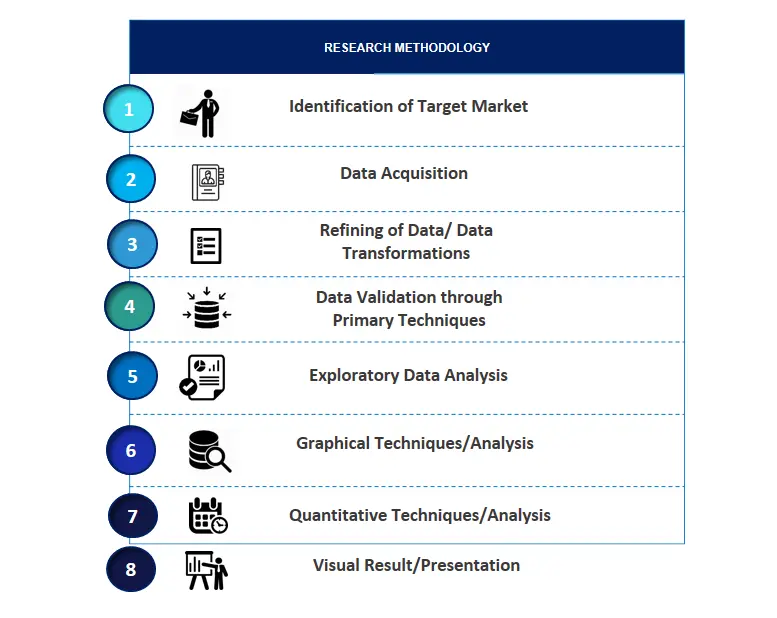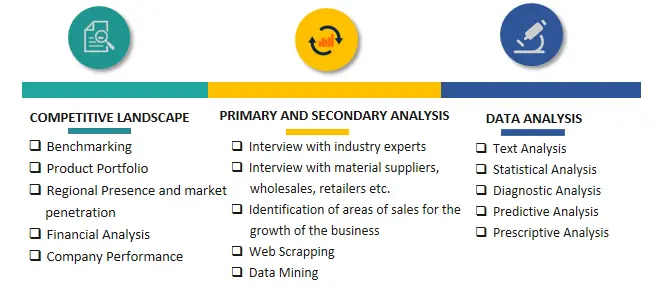
Radiodermatitis Market Trends, Analysis, Growth, Revenue, Challenges and Future Outlook
Radiodermatitis Market Size- By Product, By Distribution Channel - Regional Outlook, Competitive Strategies and Segment Forecast to 2034
| Published: Jan-2025 | Report ID: HLCA2526 | Pages: 1 - 246 | Formats*: |
| Category : Healthcare | |||

- October 2024: Lutris Pharma has completed enrollment in its Phase II trial of LUT014, a topical B-Raf inhibitor for acneiform rash caused by EGFR inhibitor. The study included 117 metastatic colorectal cancer patients from 20 hospitals, including Memorial Sloan Kettering and MD Anderson. This double-blind, placebo-controlled experiment will assess the efficacy and safety of LUT014 gel doses of 0.03% and 0.10% when applied daily for four weeks.
- April 2019: CIVCO Radiotherapy and Stratpharma AG joined forces to focus more on wound care for radiation therapy patients. CIVCO Radiotherapy specializes in providing high-quality, patient-centered radioactive solutions. This is likely to prioritize patient-centered care and improve postoperative outcomes.

| Report Metric | Details |
| Market size available for years | 2021-2034 |
| Base year considered | 2024 |
| Forecast period | 2025-2034 |
| Segments covered | By Product, By Distribution Channel. |
| Regions covered | North America, Latin America Asia-Pacific, Europe, Middle East & Africa. |
| Companies Covered | Acelity (3M), Alliqua BioMedical, BMG Pharma S.R.L, ConvaTec Inc, Derma Sciences Inc, Molnlycke Health Care AB, Smith & Nephew, Stratpharma AG. |
- Global Radiodermatitis Market Size (FY’2021-FY’2034)
- Overview of Global Radiodermatitis Market
- Segmentation of Global Radiodermatitis Market By Product (Topical, Dressings)
- Segmentation of Global Radiodermatitis Market By Distribution Channel (Hospital Pharmacies, Retail Pharmacies, Online Pharmacies)
- Statistical Snap of Global Radiodermatitis Market
- Expansion Analysis of Global Radiodermatitis Market
- Problems and Obstacles in Global Radiodermatitis Market
- Competitive Landscape in the Global Radiodermatitis Market
- Details on Current Investment in Global Radiodermatitis Market
- Competitive Analysis of Global Radiodermatitis Market
- Prominent Players in the Global Radiodermatitis Market
- SWOT Analysis of Global Radiodermatitis Market
- Global Radiodermatitis Market Future Outlook and Projections (FY’2025-FY’2034)
- Recommendations from Analyst
1.1. Scope of the report1.2. Market segment analysis
2.1. Research data source
2.1.1. Secondary Data2.1.2. Primary Data2.1.3. SPERs internal database2.1.4. Premium insight from KOLs
2.2. Market size estimation
2.2.1. Top-down and Bottom-up approach
2.3. Data triangulation
4.1. Driver, Restraint, Opportunity and Challenges analysis
4.1.1. Drivers4.1.2. Restraints4.1.3. Opportunities4.1.4. Challenges
5.1. SWOT Analysis
5.1.1. Strengths5.1.2. Weaknesses5.1.3. Opportunities5.1.4. Threats
5.2. PESTEL Analysis
5.2.1. Political Landscape5.2.2. Economic Landscape5.2.3. Social Landscape5.2.4. Technological Landscape5.2.5. Environmental Landscape5.2.6. Legal Landscape
5.3. PORTERs Five Forces
5.3.1. Bargaining power of suppliers5.3.2. Bargaining power of buyers5.3.3. Threat of Substitute5.3.4. Threat of new entrant5.3.5. Competitive rivalry
5.4. Heat Map Analysis
6.1. Global Radiodermatitis Market Manufacturing Base Distribution, Sales Area, Product Type6.2. Mergers & Acquisitions, Partnerships, Product Launch, and Collaboration in Global Radiodermatitis Market
7.1. Topical
7.1.1. Corticosteroids7.1.2. Hydrophilic Creams7.1.3. Antibiotics7.1.4. Others
7.2. Dressings
7.2.1. Hydrogel & Hydrocolloid dressings7.2.2. No Sting Barrier Film7.2.3. Honey – impregnated Gauze7.2.4. Silicone Coated Dressings7.2.5. Others
8.1. Hospital Pharmacies8.2. Retail Pharmacies8.3. Online Pharmacies
9.1. Global Radiodermatitis Market Size and Market Share
10.1. Asia-Pacific
10.1.1. Australia10.1.2. China10.1.3. India10.1.4. Japan10.1.5. South Korea
10.1.6. Rest of Asia-Pacific
10.2. Europe
10.2.1. France10.2.2. Germany10.2.3. Italy10.2.4. Spain10.2.5. United Kingdom10.2.6. Rest of Europe
10.3. Middle East and Africa
10.3.1. Kingdom of Saudi Arabia10.3.2. United Arab Emirates10.3.3. Qatar10.3.4. South Africa10.3.5. Egypt10.3.6. Morocco10.3.7. Nigeria10.3.8. Rest of Middle-East and Africa
10.4. North America
10.4.1. Canada10.4.2. Mexico10.4.3. United States
10.5. Latin America
10.5.1. Argentina10.5.2. Brazil10.5.3. Rest of Latin America
11.1. Acelity (3M)
11.1.1. Company details11.1.2. Financial outlook11.1.3. Product summary11.1.4. Recent developments
11.2. Alliqua BioMedical
11.2.1. Company details11.2.2. Financial outlook11.2.3. Product summary11.2.4. Recent developments
11.3. BMG Pharma S.R.L
11.3.1. Company details11.3.2. Financial outlook11.3.3. Product summary11.3.4. Recent developments
11.4. ConvaTec Inc
11.4.1. Company details11.4.2. Financial outlook11.4.3. Product summary11.4.4. Recent developments
11.5. Derma Sciences Inc
11.5.1. Company details11.5.2. Financial outlook11.5.3. Product summary11.5.4. Recent developments
11.6. Molnlycke Health Care AB
11.6.1. Company details11.6.2. Financial outlook11.6.3. Product summary11.6.4. Recent developments
11.7. Smith & Nephew
11.7.1. Company details11.7.2. Financial outlook11.7.3. Product summary11.7.4. Recent developments
11.8. Stratpharma AG
11.8.1. Company details11.8.2. Financial outlook11.8.3. Product summary11.8.4. Recent developments
11.9. Others
SPER Market Research’s methodology uses great emphasis on primary research to ensure that the market intelligence insights are up to date, reliable and accurate. Primary interviews are done with players involved in each phase of a supply chain to analyze the market forecasting. The secondary research method is used to help you fully understand how the future markets and the spending patterns look likes.
The report is based on in-depth qualitative and quantitative analysis of the Product Market. The quantitative analysis involves the application of various projection and sampling techniques. The qualitative analysis involves primary interviews, surveys, and vendor briefings. The data gathered as a result of these processes are validated through experts opinion. Our research methodology entails an ideal mixture of primary and secondary initiatives.



Frequently Asked Questions About This Report
PLACE AN ORDER
Year End Discount
Sample Report
Pre-Purchase Inquiry
NEED CUSTOMIZATION?
Request CustomizationCALL OR EMAIL US
100% Secure Payment






Related Reports
Our Global Clients
Our data-driven insights have influenced the strategy of 200+ reputed companies across the globe.




















